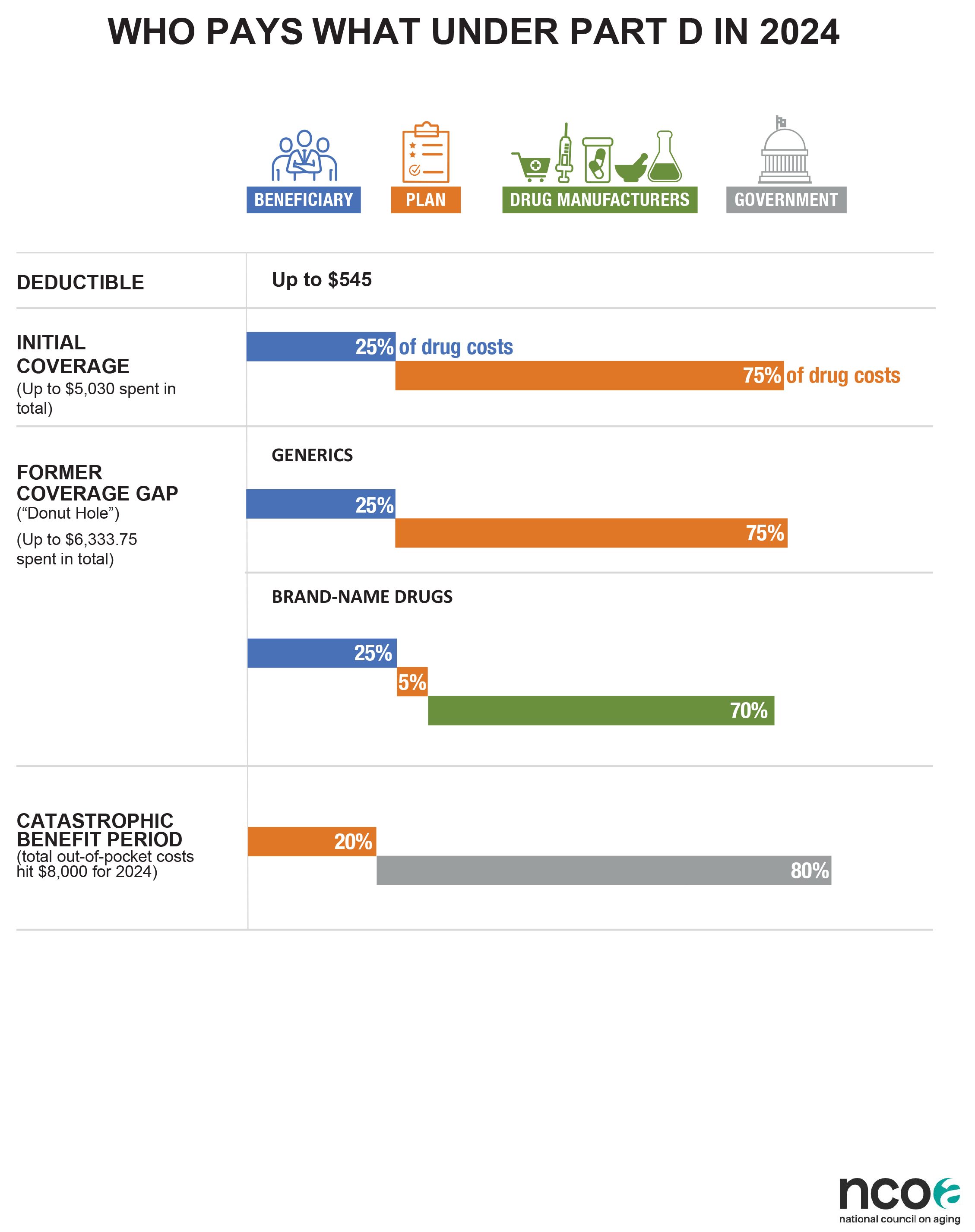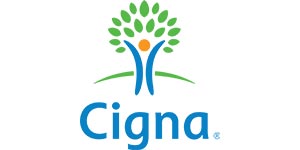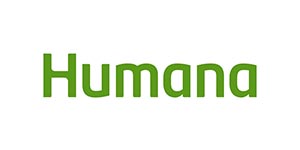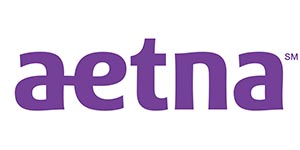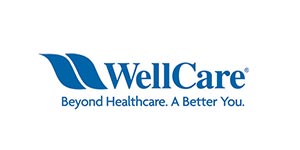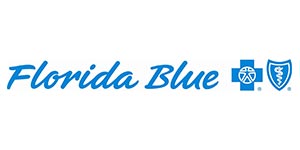Medicare Part D benefits are administered by private companies who set their own formularies and tiers for medications. Essentially deciding what drugs to cover and at what cost. Medications will generally fall into four different tiers, although some drug plans may have up to six tiers:
• Tier 1—Most generic prescription drugs. Lowest copayment.
• Tier 2—Preferred, brand-name prescription drugs. Medium copayment.
• Tier 3—Non-preferred, brand-name prescription drugs. Higher copayment.
• Specialty tier—Very high cost prescription drugs. Highest copayment or
coinsurance.
All Part D plans have four coverage stages in which the member, the government and the plan’s cost-sharing responsibility changes. The most common concern is around the donut hole (or coverage gap) where you’re responsible for paying a higher amount for your medications. Here is a diagram that shows how the coverage stages work in 2022:

